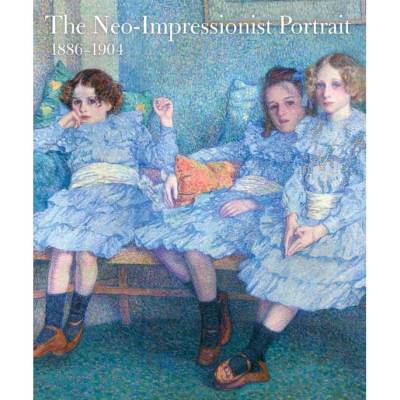Martin Creed (b. 1967) will never be accused of subtlety. His latest exhibition at the Hayward Gallery in London, ‘What’s the point of it?’ (until 27 April), adheres to that old cliché – start with impact. The entrance, complete with a height restriction, is hampered by the aptly named, A large piece of furniture partially obstructing a door (No.142, 1996–2002), and by MOTHERS (No.1092, 2011), an industrial-sized neon sign that rotates on an iron girder, inches above your head.
Martin Creed ‘What’s the point of it?’ Installation view at the Hayward Gallery, London 2014 Photo: Linda Nylind

It’s quite a statement and it sets the tone for the exhibition. Creed asserts himself over the spaces and his presence is never entirely benign. Crafting unstable environments, he consistently challenges our innate desire for control. As such, the atmosphere is heavy with a sense of anticipation, but also powerlessness.
Moving from chaos to stability, the second room lulls the viewer into a false sense of security. Works such as Piano accompaniment (No.736, 2007) or his Chairs (No.998, 2009) critique our preoccupations with order and hierarchy. Scales replace music and plinths are left unadorned. Creed sells back to us the frameworks, patterns and definitions we coerce from our environments.
The ‘blockbuster’ works are also present and correct. From the actually rather good, The lights going on and off (No.227, 2000), to the actually rather bad, A sheet of A4 paper crumpled into a ball (No.88, 1995). As might be expected, Creed is often brash and ironic, as demonstrated by the monumental Broccoli prints (No.1000, 2009–10), an amusing, if somewhat glib, take on the landscape tradition. But he is also capable of occasional warmth and delicacy, such as the surprisingly beautiful and textured Pen on paper (No.944, 2008). Creed thus confounds expectations and delights in walking a fine line between provocation and profundity.
Given the artist’s wildly diverse output, the show maintains an impressive sense of coherence. This overall clarity is only occasionally muddied by Creed’s pseudo-expressive (and really rather insecure) portraits. For the most part, Creed remains supremely self-confident and true to his vision.
The most powerful works here, such as A door opening and closing (No.129, 1995) and A curtain opening and closing (No.990, 2009), respond to the rich traditions of drama and ritual in art history. Like sinister Dutch interiors, Creed retains the power of revelation. Whether on the inside looking out, or on the outside looking in, the viewer becomes a passive voyeur, responding to Creed’s schedule.
‘What’s the point of it?’ is typically humorous, consistently thoughtful and occasionally infuriating. But Creed most often plays the part of mischievous bouncer. You may or may not be on the guest list.
‘What’s the point of it?’ is at the Hayward Gallery, London, until 27 April 2014.
Related Articles
Exhibition Review: Dayanita Singh at the Hayward Gallery (Tom Jeffreys)






